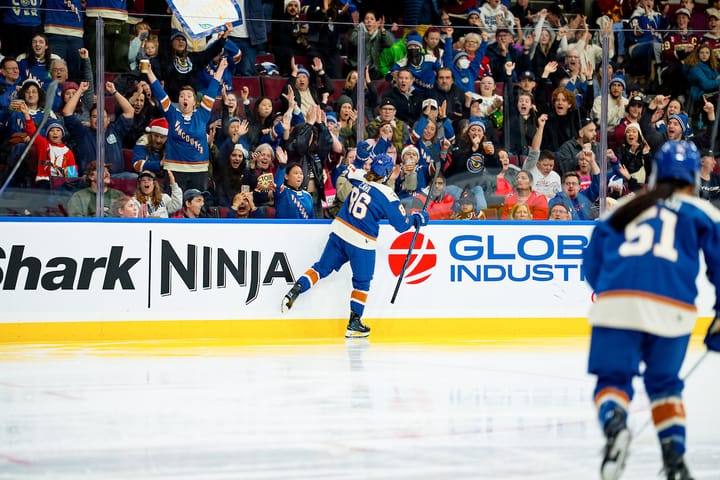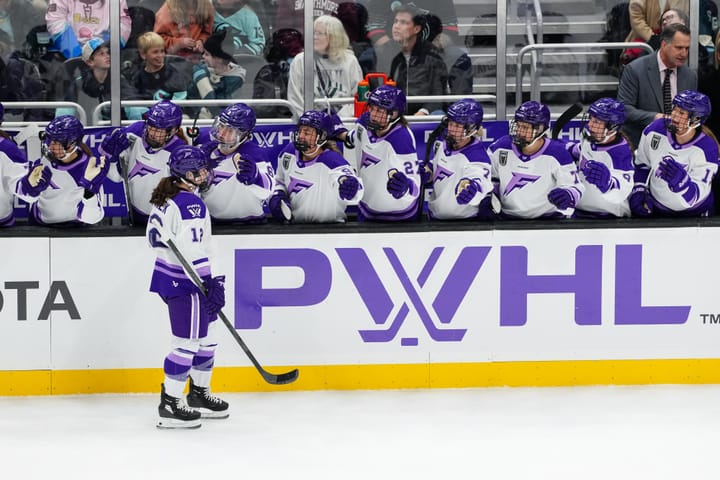Q & A with Team Korea’s Sarah Murray
Team Korea head coach Sarah Murray on building relationships, living abroad, and passion for the sport.
How has the experience of living and coaching in Korea challenged you and made you grow?
There are always challenges when living and working in a different country. The biggest one I have encountered has been the language barrier. As a coach, it is very important to have strong lines of communication with both your staff and players. However, this can be difficult when you don’t speak the same language. The first two years I coached in Korea, I had a full-time translator; however in the last season, I have had one of my players translate. The first year was quite challenging; however, now we are all learning to understand each other. Whether we are communicating in sign language or Konglish, we manage to get our points across.
How did playing overseas prepare you for this experience?
More so than the experience of playing hockey overseas, living overseas has helped me a lot to adjust to living and coaching in Korea. You learn, living abroad, that you need to adjust to living more as a local than how you would live every day at home. If you want everything to be just the same as it is at home, you will end up getting really frustrated and won’t enjoy the experience of living abroad. Living and playing overseas has also taught me the importance of patience and being flexible.
We want to be the hardest-working team every time we step on the ice.
What’s the biggest difference between North American hockey culture and Korean hockey culture?
Hockey in Korea is still in the very early stages of its development. There are professional men’s league teams, college teams, and youth teams. However, the hockey culture is not as established as in North America. In North America, kids come up through the same system, mites, squirts, peewees, bantams…and are hopefully all being taught the same fundamental hockey information. However, in Korea there is not an organized system like that, so players are not learning the same information. Despite not being offered the same opportunities as North American hockey players, the Korean hockey players have a strong passion for the sport and are willing to learn and get better.
What’s the team’s training schedule like?
Our players train for 11 months out of the year. Every weekday, the players arrive at Taereung (National Training Center for all Korean National Sport Teams) between 4:00-4:30. Team workout runs from 4:50-6:15. The players eat dinner together in the cafeteria then we are on the ice from 8:00-9:45. Many of our players are students in middle school, high school, and college. They leave right from school and come to the rink. Many of them have to commute over 60-90 minutes to get to the training center every day.
It is a big commitment to be a member of our team, but the girls love the game and are willing to make this sacrifice. As there aren’t very many teams for us to play in Korea, we travel abroad to get high-level competition. We usually do two month-long training camps a year. However, because we participated in the Asian Games this year in February, we will only have one.
Obviously there are differences in language, culture, and cultural frames of reference between you and your players. What do you do to overcome that, and establish relationships with them?
The first year, it was hard to establish relationships with the players. Not only was there a language barrier, but a few of the players were older or close to my age. I wanted to make sure that my players understood that I could be friendly with them, but couldn’t be their friend. After establishing coach and player roles, I tried to get to know the players more personally. We had individual meetings with the players and did team bonding at least once a month. This season has been the best one yet for establishing strong personal relationships with the players. We have done multiple team-building activities and have held very personal team meetings where each player shared their deep feelings.
How has the team grown?
When I first came to the team, we worked on very basic skills and concepts. However, this past season, we have really started to perfect our systems. The players lacked hockey sense because, in the past, they didn’t have many opportunities to play games. To assist with developing this game sense, we play a lot of small area games in our practices. We usually start and finish each practice with a game. We have also received a lot of funding from the Korean Ice Hockey Association, as well as the Korean Olympic Committee, which allows us to have month-long training camps in North America.
Who are some players we should keep an eye on in the future?
We have some good young players on our team. We have three sixteen-year-old players: Suyeon Eom; Eunji Lee; and Hee Won Kim, who played on our first and second line during the Asian Games and will also play on our top lines during the World Championships this year. Our starting goaltender, Sojung Shin, was the first Korean player to play at a North American University. She is also the first female Korean player to play professionally. She is currently playing for the New York Riveters of the NWHL.
We will also have a few “import” players. These players all have Korean heritage, but grew up playing hockey in North America (Caroline Park, Danelle Im, Marissa Brandt, Randi Griffin, and Grace Lee).
What can hockey fans who are unfamiliar with Team Korea expect to see?
Our team doesn’t give up. We want to be the hardest-working team every time we step on the ice. The Olympics is going to be a big challenge for our girls. However, our goal for the tournament is to make sure we have no regrets. No matter the outcome, we want to be able to sit in the locker room after our games and know we did everything we possibly could to prepare and left everything on the ice.





Comments ()